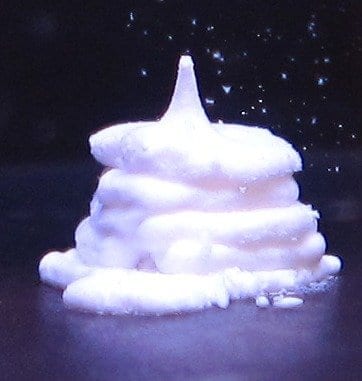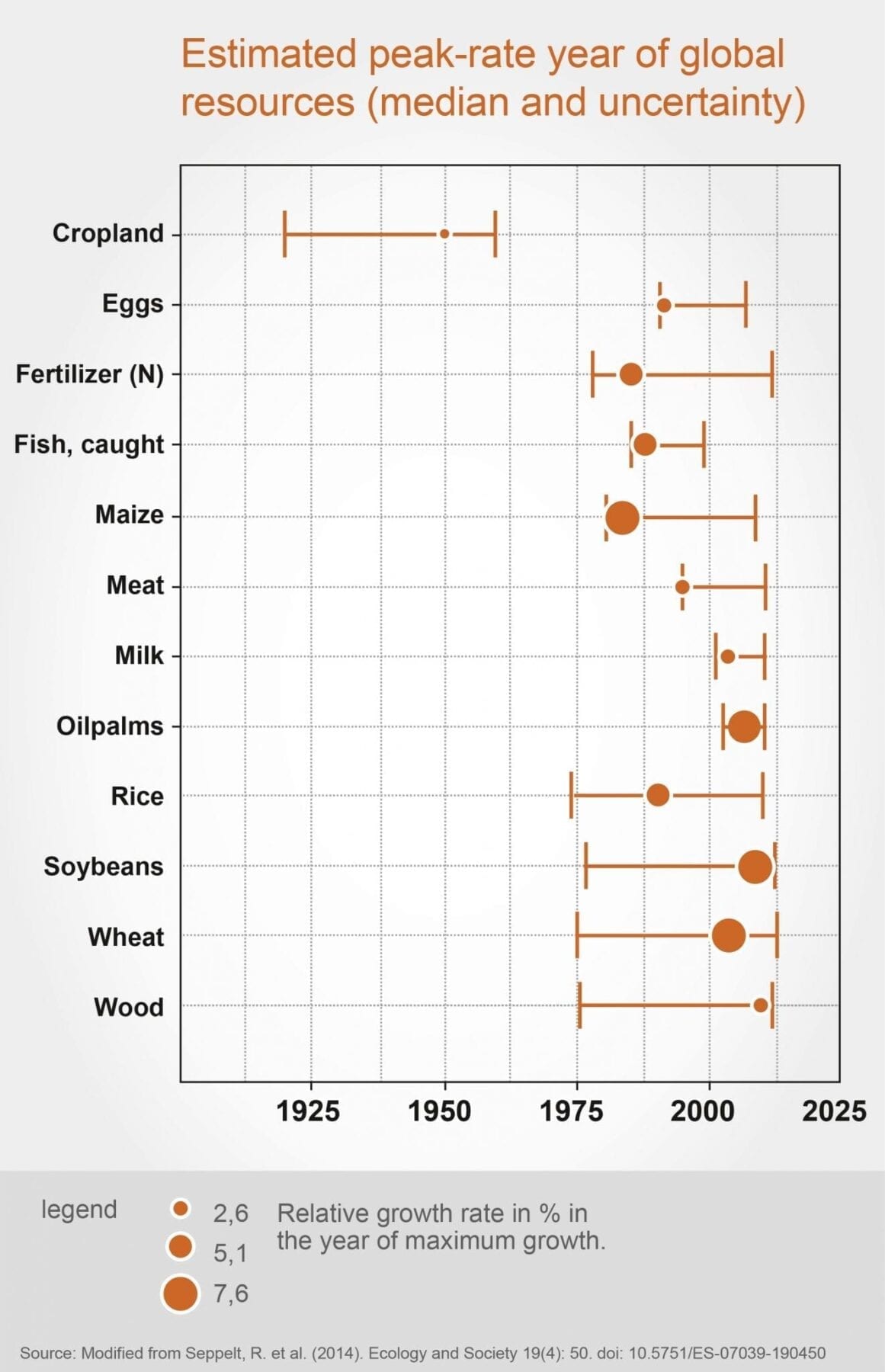
Credit: American Chemical Society
DNA molecules provide the “source code” for life in humans, plants, animals and some microbes. But now researchers report an initial study showing that the strands can also act as a glue to hold together 3-D-printed materials that could someday be used to grow tissues and organs in the lab.
This first-of-its-kind demonstration of the inexpensive process is described in the brand-new journalACS Biomaterials Science & Engineering.
Andrew Ellington and colleagues explain that although researchers have used nucleic acids such as DNA to assemble objects, most of these are nano-sized — so tiny that humans can’t see them with the naked eye. Making them into larger, visible objects is cost-prohibitive. Current methods also do not allow for much control or flexibility in the types of materials that are created. Overcoming these challenges could potentially have a big payoff — the ability to make tissues to repair injuries or even to create organs for the thousands of patients in need of organ transplants. With this in mind, Ellington’s group set out to create a larger, more affordable material held together with DNA.
The researchers developed DNA-coated nanoparticles made of either polystyrene or polyacrylamide. DNA binding adhered these inexpensive nanoparticles to each other, forming gel-like materials that they could extrude from a 3-D printer. The materials were easy to see and could be manipulated without a microscope. The DNA adhesive also allowed the researchers to control how these gels came together. They showed that human cells could grow in the gels, which is the first step toward the ultimate goal of using the materials as scaffolds for growing tissues.
The Latest on: DNA glue
[google_news title=”” keyword=”DNA glue” num_posts=”10″ blurb_length=”0″ show_thumb=”left”]
via Google News
The Latest on: DNA glue
- APCCC 2024: PARP Inhibition Dissected – in Which DNA Repair Gene Alterations Works Which PARP Inhibitor?on April 27, 2024 at 9:50 am
Advanced Prostate Cancer Consensus Conference (APCCC) meeting featured a session on the management of metastatic castration resistant prostate cancer (mCRPC), and a presentation by Dr. Johann De Bono ...
- How the party of Mandela failed South Africaon April 27, 2024 at 5:15 am
The presence of Nelson Mandela still hangs powerfully over Soweto, more than 10 years after the death of South Africa’s unifying father figure. Bus loads of visiting tourists park outside the fenced ...
- The remarkable fossil that radically changed our understanding of the human storyon April 26, 2024 at 2:13 pm
To harden the brittle exposed bone, he applied some acetone nail polish remover bought from a cosmetics store mixed with glue the team had on site ... Scientists also hope to be able extract ancient ...
- Man who DNA tested ‘alien mummies’ says he’s made a discovery that could ‘change course of history’on April 26, 2024 at 11:40 am
The man who DNA tested ‘alien mummies’ says he’s made a discovery that could ‘change the course of history’. Yeah, that’s quite the claim and you’d of course expect quite the evidence to back it up.
- I probed ‘Nazca alien mummies’ – DNA proves they are REAL & co-existed with humans, claims investigatoron April 26, 2024 at 5:32 am
THE ‘Nazca alien mummies’ are real and DNA evidence proves they co-existed with humans, an investigator has claimed. Jois Mantilla, who worked closely with the mummies to identify ...
- Jon Bon Jovi's 35-year marriage doesn't 'need rules' to be successfulon April 25, 2024 at 1:31 am
"She’s the glue," he said. "I’m the crazy visionary with all kinds ... "Well, he's certainly my son, isn't he? You know that DNA is strong," Jon said of Jake. "I saw the film. I think it's a wonderful ...
- Edmunds: What you need to know about wrapping your caron April 24, 2024 at 3:15 am
Gaze around the next time you’re stuck in traffic and see if you’re not surprised, maybe even a little saddened, by the monochromatic sea around you. Modern cars come in a fantastic variety of shapes ...
- MIT Technology Reviewon April 23, 2024 at 5:09 am
Such interventions, commonly known as solar geoengineering, may include releasing sulfur dioxide in the stratosphere to cast away more sunlight, or spraying salt particles along coastlines to create ...
- Three decades - and a change of communicationon April 22, 2024 at 6:13 am
One thing’s for sure: communication would look, feel and sound very different.When Aiken PR began life with a single client in 1994, communication was analogue. This was the era of the landline; ...
- The day the mountain crumbledon April 21, 2024 at 2:00 am
Her love of the backcountry drew Emily Franciose to boarding school in the Swiss Alps. Then the mountain fell apart beneath her skis – and left her parents wanting answers.
via Bing News










